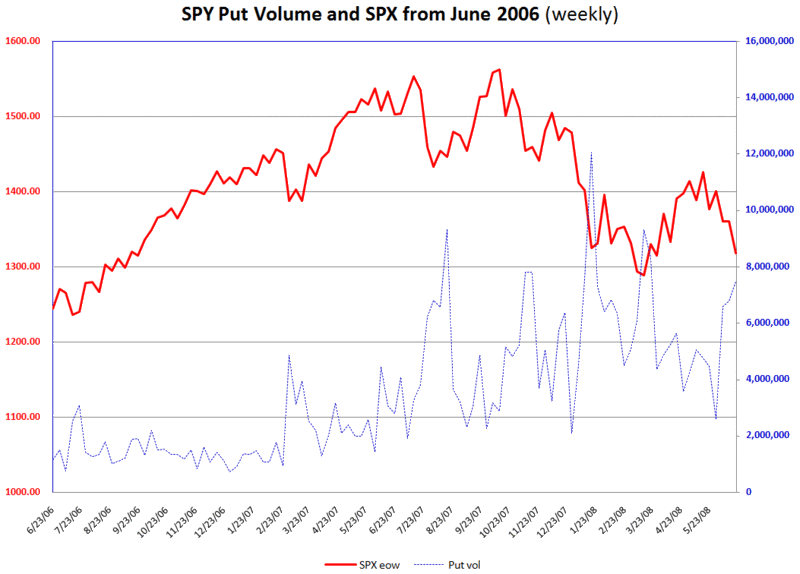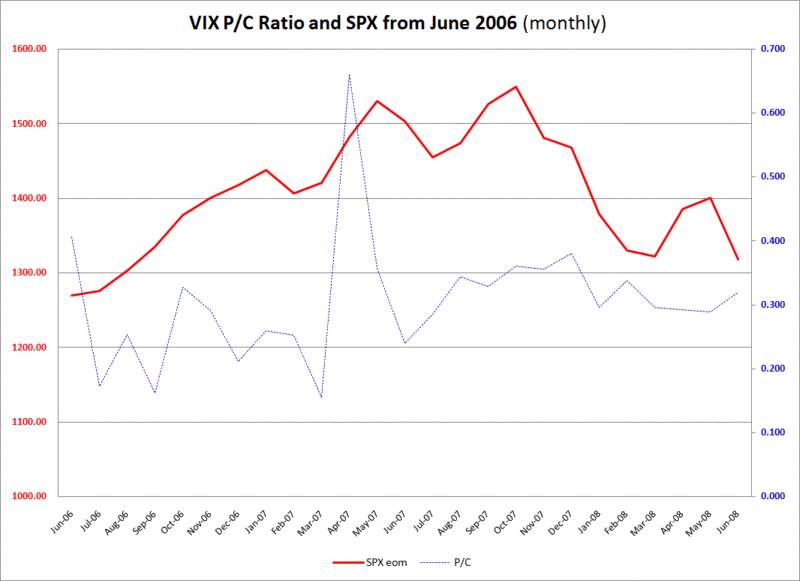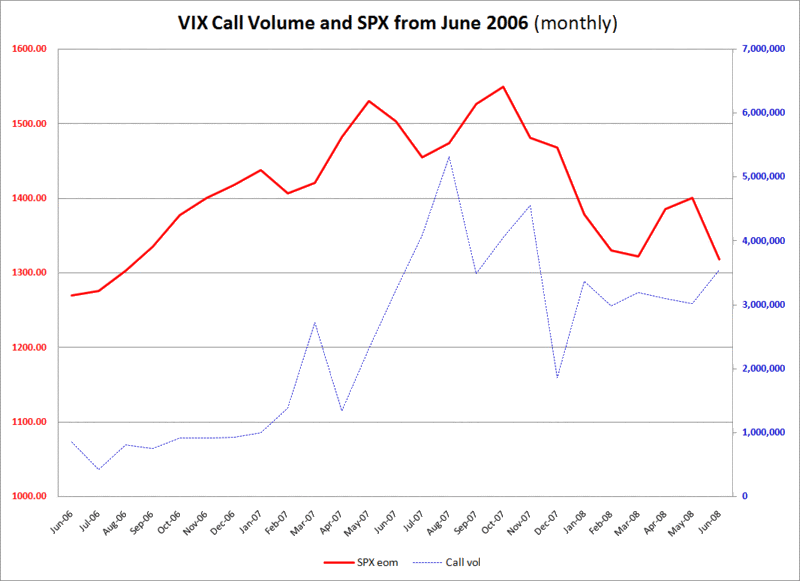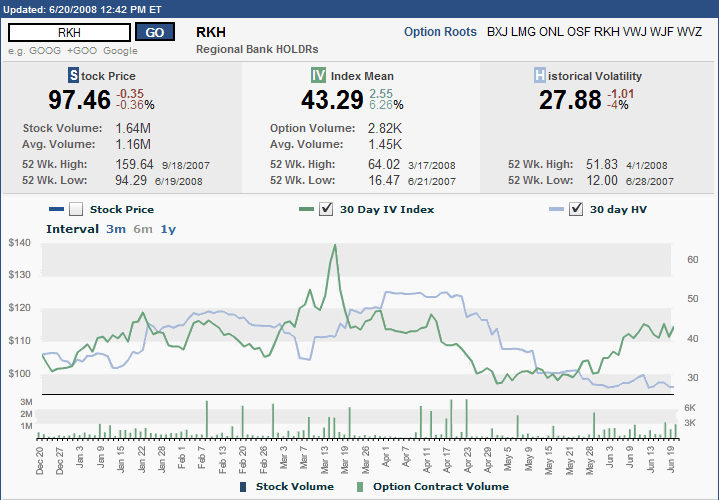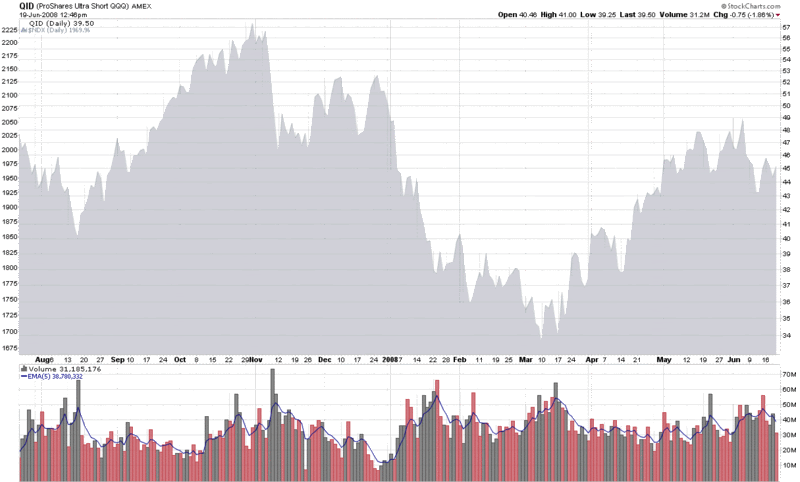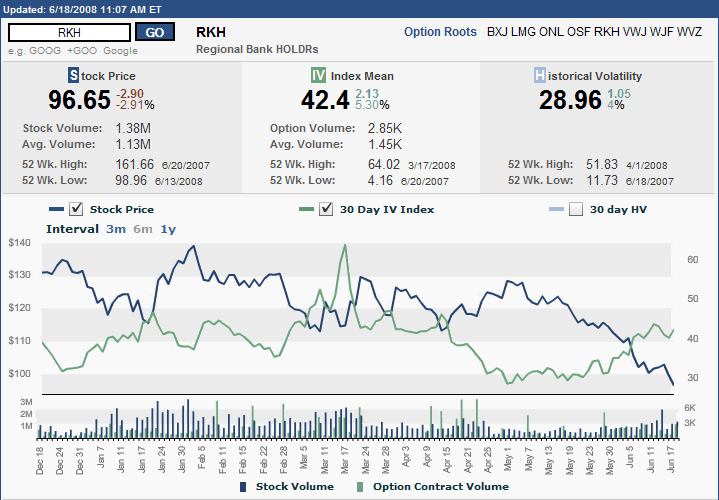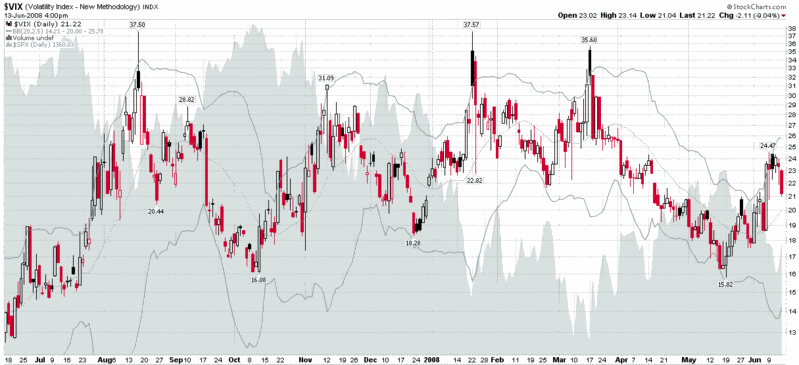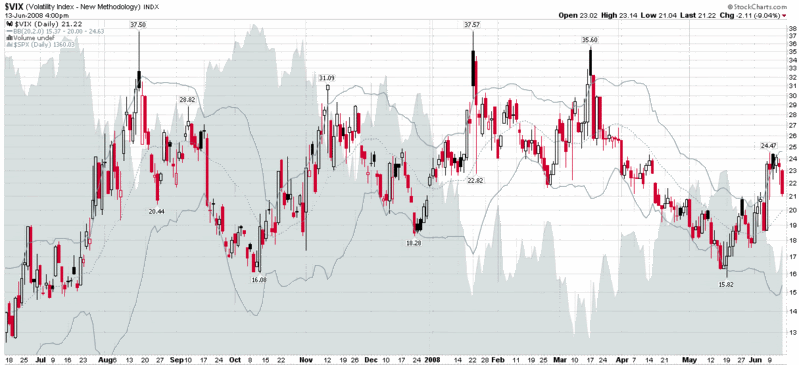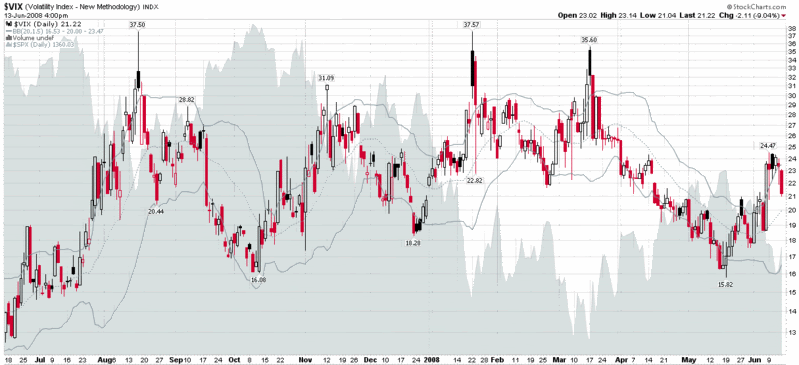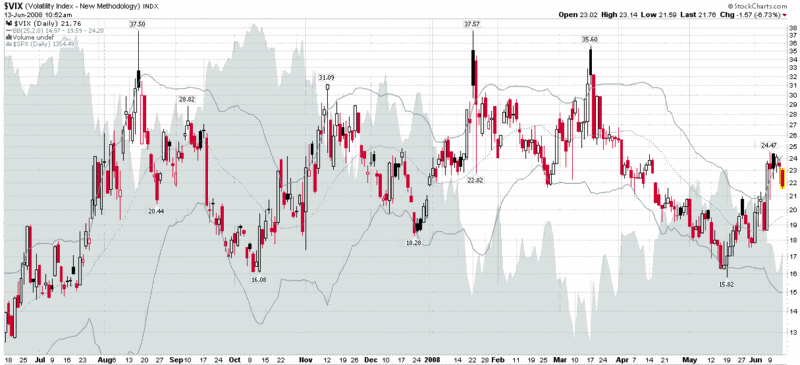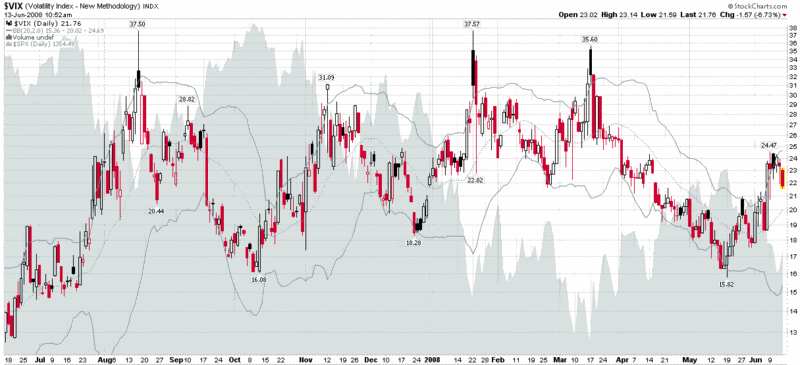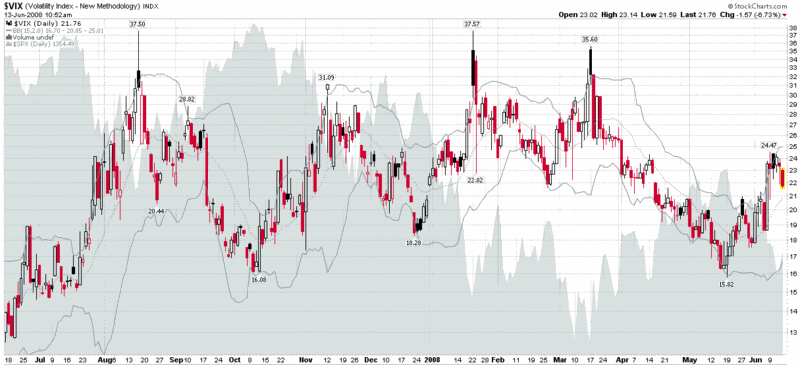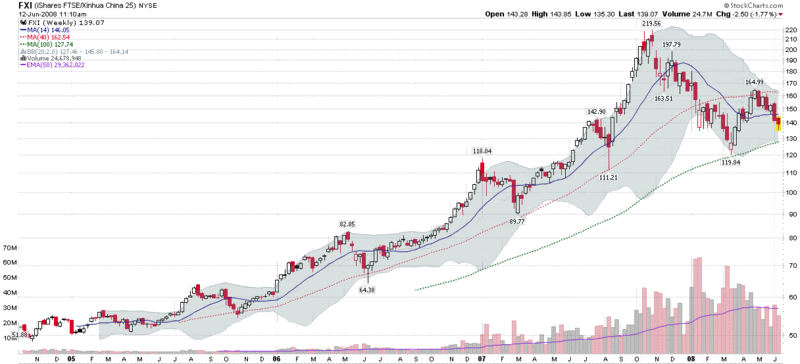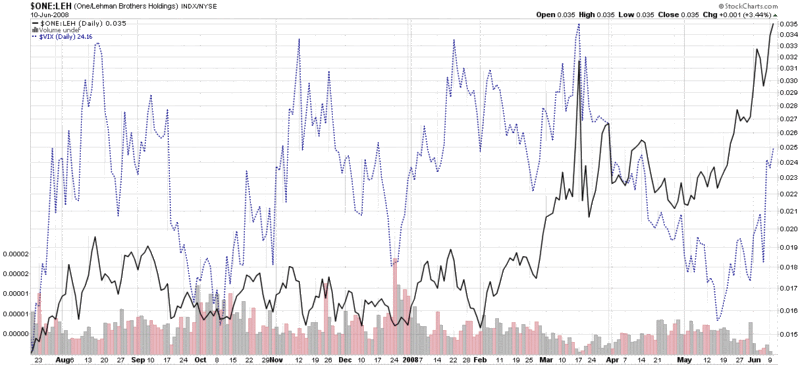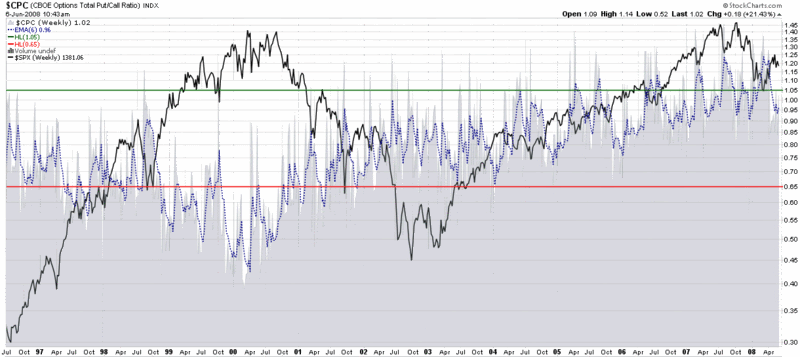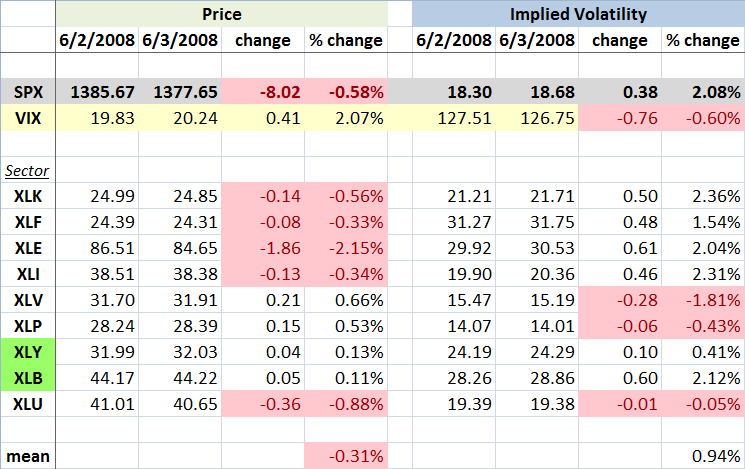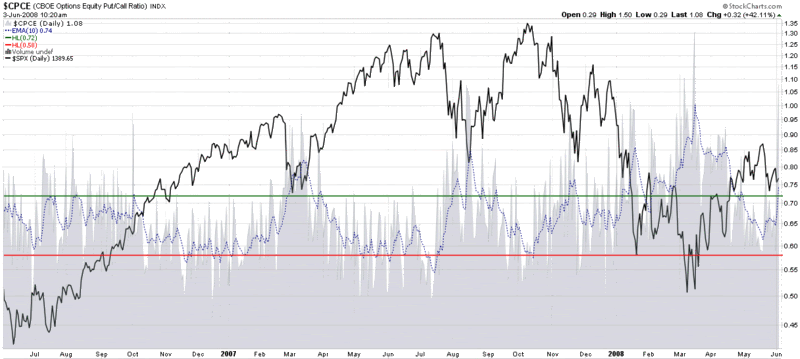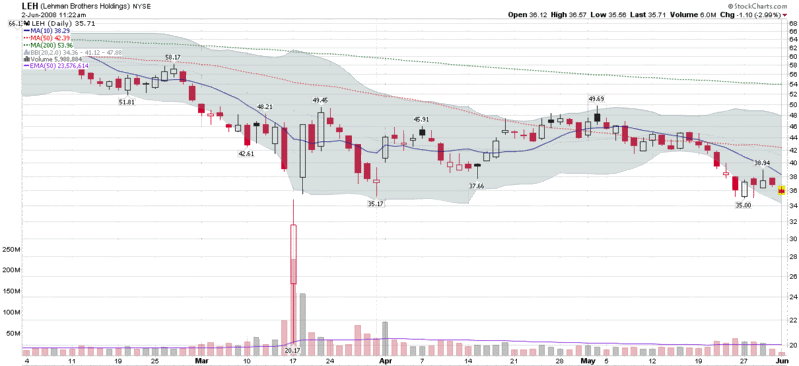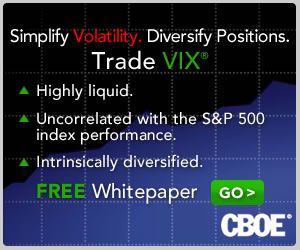 The issue of whether to rely primarily on fundamental or technical analysis is one that each investor has to struggle with, usually a number of times over the course of his or her investing lifetime.
The issue of whether to rely primarily on fundamental or technical analysis is one that each investor has to struggle with, usually a number of times over the course of his or her investing lifetime.
While the relative merits of the two approaches will appeal to different types of investors, I find it hard to believe that the high court of investment strategy will ever rule in favor of one approach at the expense of the other.
None of this stopped Felix Salmon of Portfolio.com from launching an attack on technical analysis in Monday’s Adventures in Technical Analysis, Jim Cramer Edition. After giving Cramer a well-deserved lambasting, Salmon makes the jump from the particular to the general case:
“…Stock traders don't know anything.
It's not just Cramer, is the point. They all do it: even much smarter and much more analytical traders like Barry Ritholtz do it too. Do what? Resort to ‘technical analysis’, which is the art of drawing lines on charts and extrapolating from them what the market is going to do next.
Whenever you hear words like ‘overbought’ or ‘oversold’ or ‘momentum’ or ‘support’ or ‘resistance’, it means that whatever you're hearing is garbage. But it also means that the person you're listening to has no idea what's about to happen, and is therefore resorting to the financial equivalent of astrology.”
For starters, I would consider Cramer to be more of a fundamental guy than a technical analyst, but that is not the important point. Interestingly, to my thinking, Barry Ritholtz spends as much time as anyone writing about macroeconomic and fundamental issues, but this apparently escaped Salmon’s notice as well.
Ritholtz’s succinct response, which can be found in its entirety in Let’s Get Technical, includes a reframing of the question and a quick summary of some of the merits of technical analysis:
A better question to ask is "What information do charts and related data provide, and how can this be used by investors and traders?"
I posit that, when used appropriately, charts and data can provide tremendous insight:
- Provides a statistical approach to investing, one that describes the probabilities of various outcomes (versus making predictions)
- Charts show you if we are in a bull or bear market, allowing you to manage risk appropriately;
- Trends can keep you away from the wrong sectors (Housing, Autos, and Finance are obvious examples) or keep you in the right sectors (eg., Energy and Ag)
- Developing good risk/reward analyses;
- Tracking what the institutions are doing;
- Identifying specific stocks that might be appealing;
The bottom line is that TA is merely a tool, albeit one used more skillfully by some than others.
Finally, consider this question: If you could look at one and only one source before buying your next stock or fund, which would you choose: a fundamental analyst's report (with no charts in it), or any chart of your choosing? While I like having access to both, I cannot ever imagine buying something without first looking at the chart …”
There are many examples of investors who have been very successful investing exclusively with a fundamental approach – and I’m sure there are at least as many investors who have prospered mightily using only technical analysis. Part of the reason investors gravitate to one approach or the other is that it fits their personality and provides a certain level of comfort.
To my thinking, the most important determinant of whether to focus on fundamentals or technical analysis is one’s investment time horizon. In a nutshell, the shorter the time horizon, the more important technical analysis becomes. Find me a day trader, for instance, that invests primarily based on fundamental factors. One the flip side, find me a chartist who is looking at monthly charts covering more than a decade who does not think it is important to be educated on some of the relevant fundamentals that are driving the long-term price action.
Personally, I like to think of my trading style as marrying roughly equal parts of technical analysis and analysis of market sentiment (which I consider to be tangential to TA), informed by a broad view of stock and industry fundamentals, in the context of a larger macroeconomic environment and interrelated global markets. Ultimately, it’s a three-legged stool, with TA, market sentiment, and fundamental analysis providing a balanced perspective.
Finally, I have received a number of comments in which readers have expressed surprise that my subscriber newsletter covers a much broader range of topics than is generally touched upon in the blog. The reasons for this are simple. All the talking heads talk about macroeconomics and fundamentals all day long. There are also a number of blogs and other web sites that spend a lot of time analyzing charts and other TA data. I choose to focus on market sentiment on the blog because I don’t believe this subject gets nearly the attention it deserves. Those who understand volatility, put to call ratios, market breadth data, and other related subjects and who can combine that information with a fundamental + technical approach have a much greater chance of success than those who ignore market sentiment.
In the subscriber newsletter, I utilize a holistic approach to the markets and incorporate a broad range of themes, because I believe it is important to see the whole playing field and not to have any investing blind spots. The approach seems to be working, as I have a 98% renewal rate and am in the process of writing a book on the subject, slated to be published by Wiley Trading in the first half of 2009.
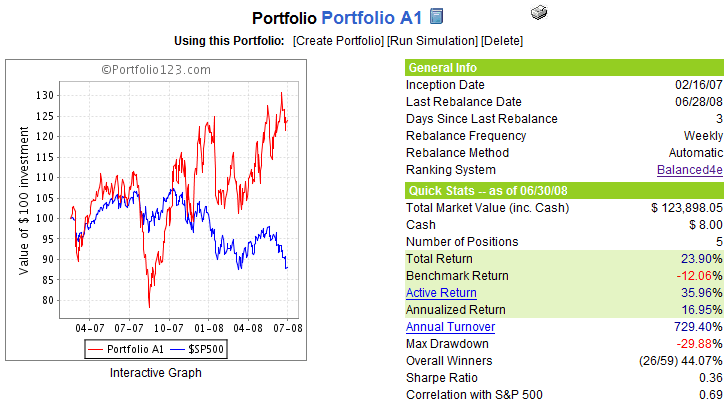
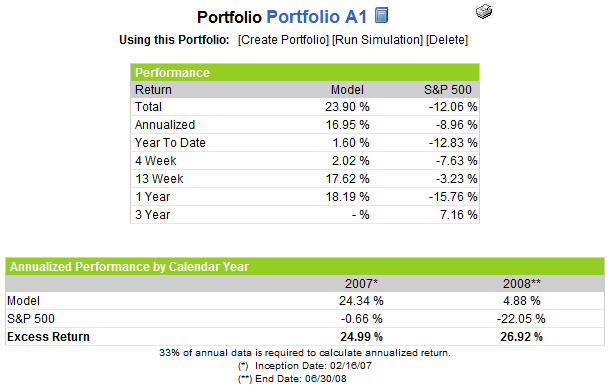 The graphic to the right provides some additional performance details for Portfolio A1 vs. the S&P 500 index over a variety of time frames. For the second quarter of 2008, for instance, Portfolio A1 returned 17.6%, while the S&P 500 was down 3.2%
The graphic to the right provides some additional performance details for Portfolio A1 vs. the S&P 500 index over a variety of time frames. For the second quarter of 2008, for instance, Portfolio A1 returned 17.6%, while the S&P 500 was down 3.2% Earlier this month I talked a little bit about the
Earlier this month I talked a little bit about the 
 The issue of whether to rely primarily on fundamental or technical analysis is one that each investor has to struggle with, usually a number of times over the course of his or her investing lifetime.
The issue of whether to rely primarily on fundamental or technical analysis is one that each investor has to struggle with, usually a number of times over the course of his or her investing lifetime. 